Kingdom Animalia Subphylum Crustacea Rank Species | Phylum Arthropoda Subclass Copepoda Higher classification Acartia | |
 | ||
Similar Acartia, Copepod, Calanoida, Acartia clausi, Crustacean | ||
Acartia tonsa
Distribution
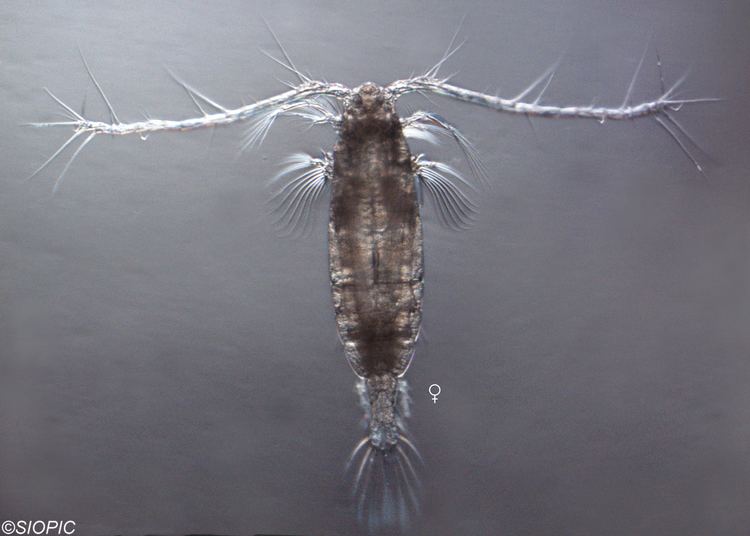
Acartia tonsa is a calanoid copepod species that can be found in a large portion of the world's estuaries and areas of upwelling where food concentrations are high.
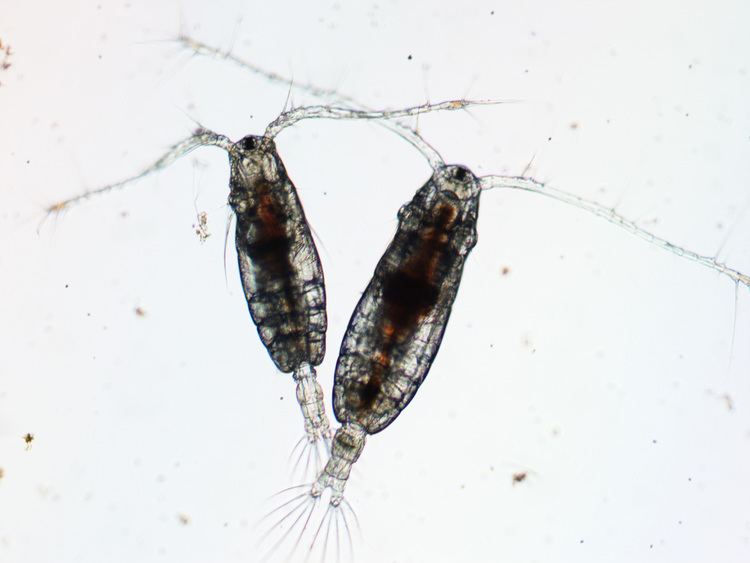
Like many plankton common to estuarine ecosystems, they can live in a wide range of temperatures and salinities. The wide distribution of Acartia tonsa may be a result of these copepods being transported as ballast in ships. Their tolerance to changes in salinity has likely contributed to their success as an invasive species in some regions.
Characteristics
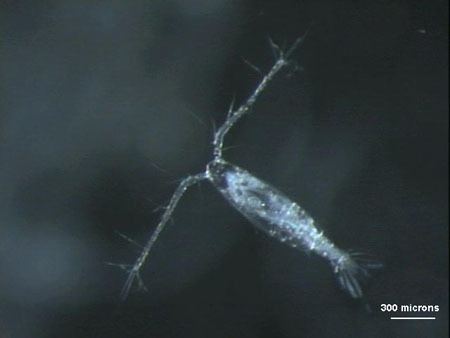
Acartia tonsa is 5 mm to 15 mm long, and translucent. It "[c]an be differentiated from closely related species by their long first antennae (at least half the length of their bodies) and biramous (branched) second antennae, as well as the presence of a joint between their fifth and sixth body segments".
Ecology and behavior
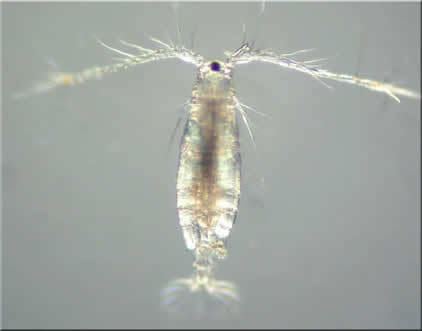
In estuaries and coastal waters which are warm throughout the year, Acartia tonsa is found year-round. In cooler climates including the North Atlantic, it is frequently the dominant zooplankton in the spring and summer. Acartia tonsa produces eggs in the winter in colder geographic regions. The eggs hatch when temperatures exceed 15 °C (59 °F).
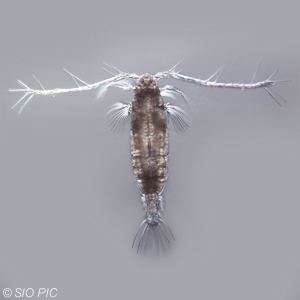
They are an important food source for many commercial fish species. Acartia tonsa are grazers of phytoplankton. Several studies indicate they aggregate near the ocean floor during the day and rise closer to the surface at night. This behavior may help them elude predators who rely on vision to locate and capture prey.
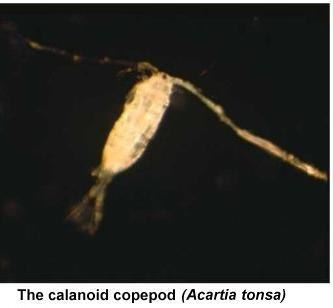
Acartia tonsa nauplii and adults feed on phytoplankton as well as planktonic ciliates and rotifers. It acts as a suspension feeder when feeding on phytoplankton. When feeding on motile prey it acts as an ambush feeder; it stays nearly motionless in the water, detects movement of its prey, and then jumps toward the prey. Moderate amounts of turbulence improve rates of ambush feedings.
